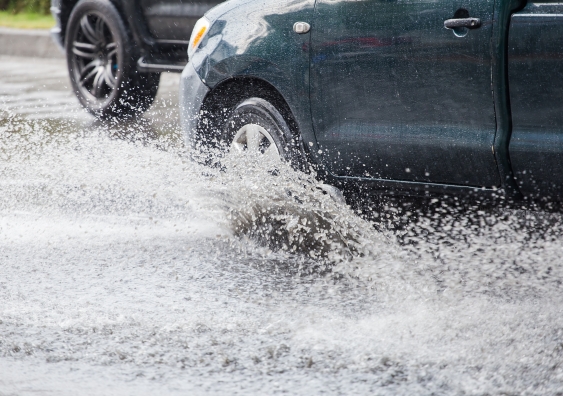Massive storms are pumping pollution into our oceans: time to clean up our cities
The storms that have lashed Australia’s east coast are not just a threat to lives and property, but also to our marine wildlife, write Katherine Dafforn and Emma Johnston.


